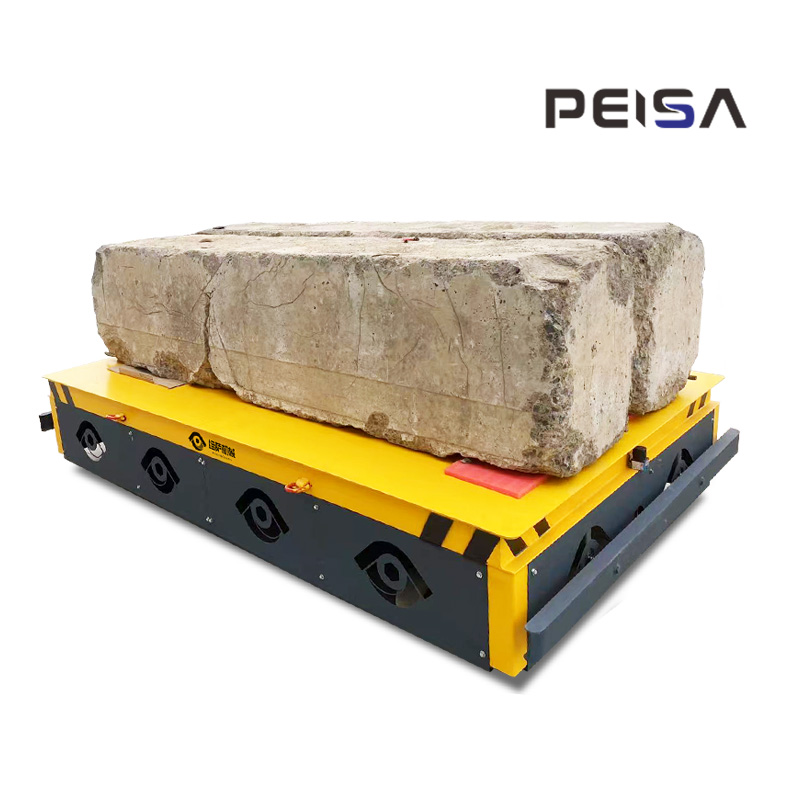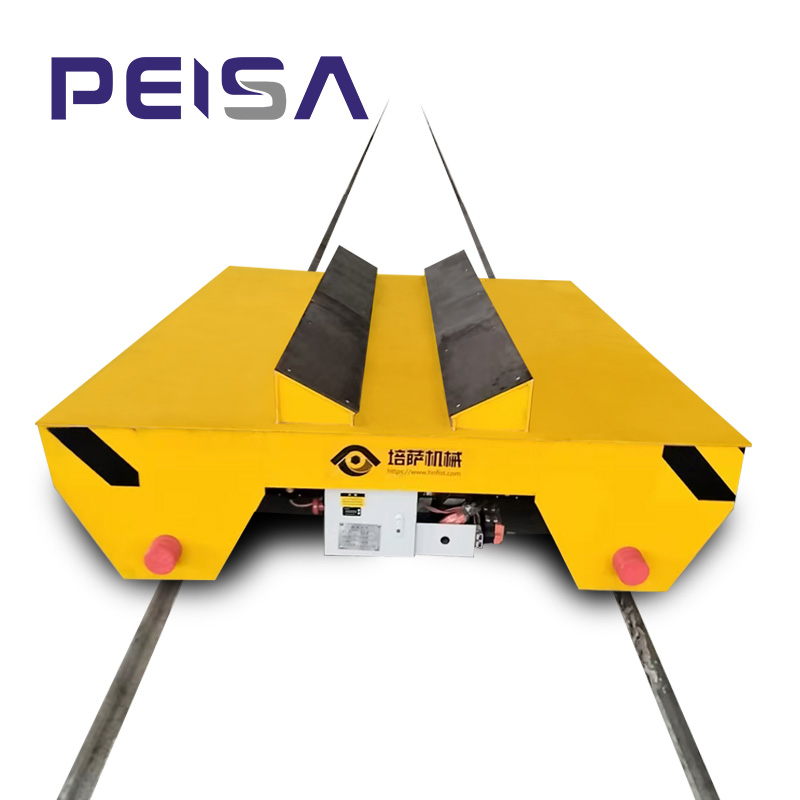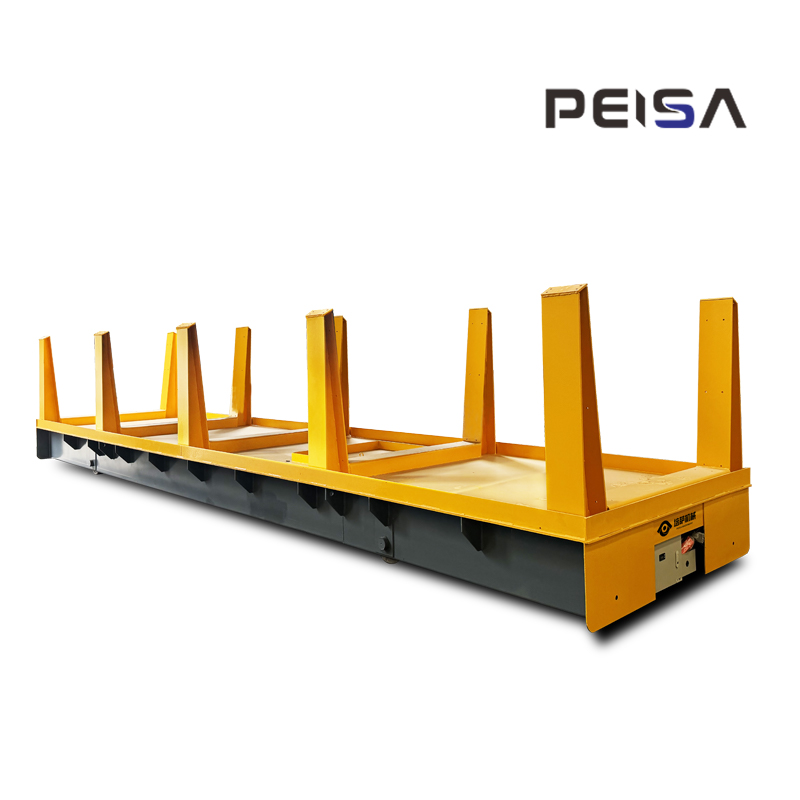Battery Operated Transfer Cart Charger Troubleshooting Guide
- 2023-02-12
- View 31
When your Battery Operated Transfer Cart cannot be charged, don't panic. Below are the possible causes and corresponding troubleshooting methods to help you quickly resolve the issue and restore normal operation.
1.Battery Heating and Severe Bubbling
If you notice that the battery is heating up and bubbling severely, this could indicate a broken grid or missing battery inside the pack.
Cause: A broken grid means the connection between the individual cells is disrupted, preventing the current from flowing smoothly. A missing or damaged battery may no longer participate in the charging or discharging process, causing abnormal battery behavior, including overheating and bubbling.
Solution:
1.Use a multimeter to measure the voltage of each battery. A typical single battery voltage should be around 2V (varies slightly by battery specification). A significantly lower voltage or zero indicates damage.
2.If damaged, carefully remove the faulty battery using professional tools, following all safety procedures to avoid short circuits.
3.Replace the damaged battery with a new one of the same model and specification, ensuring proper installation and tight connections.
4.Test the cart by charging it and checking if the heating and bubbling issues are resolved.
2.Battery Always Low After Charging
If the battery is charged but seems to lose power quickly during use, two common reasons could be at fault:
Cause 1: Battery Pack Aging
Over time, the active material in the battery plates wears out, and plate sulfation increases, reducing storage capacity. This results in the battery draining quickly, even after a full charge.
Cause 2: Excessively Long Output Cable
An output cable longer than 5 meters can lead to significant voltage drop due to the resistance of the cable. This means that the actual charging voltage reaching the battery is insufficient, leading to incomplete charging.
Solution:
For Battery Aging:
Replace the entire battery pack. Ensure that the new pack has compatible specifications (voltage, capacity, size, etc.).
For Cable Issues:
Shorten the cable length if possible. Alternatively, use a cable with a larger cross-sectional area and lower resistance to reduce voltage drop. After making adjustments, perform a new charge cycle and observe the battery performance during use.
3.Battery Cannot Be Charged
If the battery is not charging at all, follow these steps to troubleshoot:
Step 1: Check Battery Voltage
Use a multimeter to measure the total voltage of the battery pack. Ensure that the charging voltage matches the battery voltage. Most commonly, Battery Operated Transfer Carts use 24V, 48V, or 72V systems. If there is a mismatch, the charger will not charge the battery properly.
Step 2: Inspect Battery Polarity Connections
Over time, vibrations or handling of the equipment may cause the battery connections to loosen, oxidize, or even reverse polarity.
Check each connection point for tightness and any signs of corrosion or oxidation.
If oxidation is present, gently sand the terminals to remove the oxide layer and restore proper conductivity.
Ensure correct polarity—positive to positive, negative to negative—before proceeding.
After making adjustments, test the charger to see if the battery charges correctly.
Additional Tips:
If you continue to experience charging issues after performing the above checks, it’s advisable to contact professional maintenance personnel. They can perform more in-depth diagnostics and repairs using specialized equipment, ensuring the safe and reliable operation of your transfer cart.
By systematically following these troubleshooting steps, most charger-related issues with a Battery Operated Transfer Cart can be identified and resolved, restoring the equipment to full working condition.



